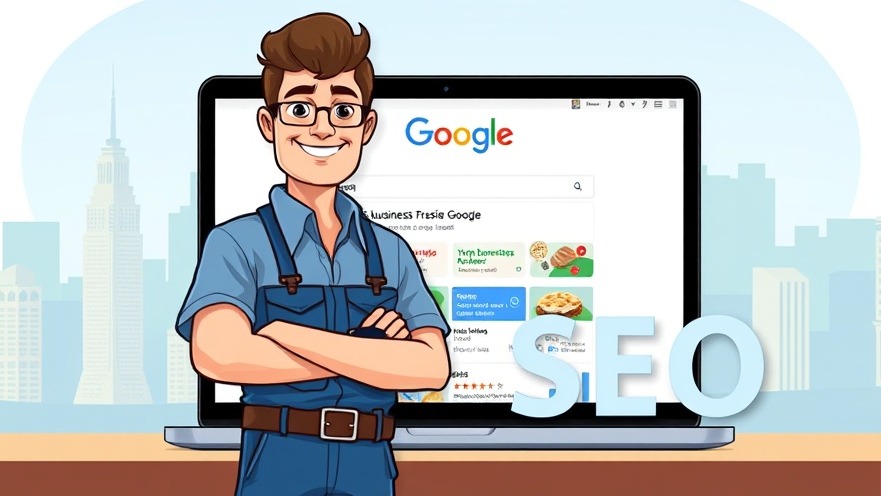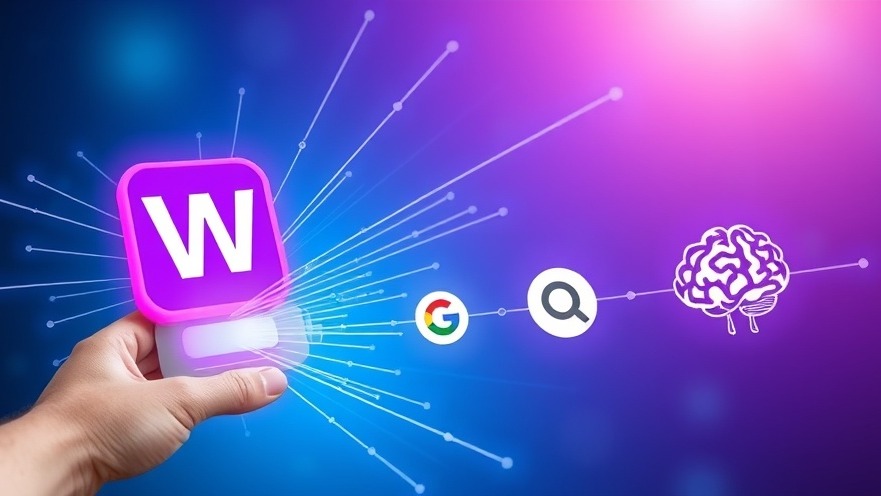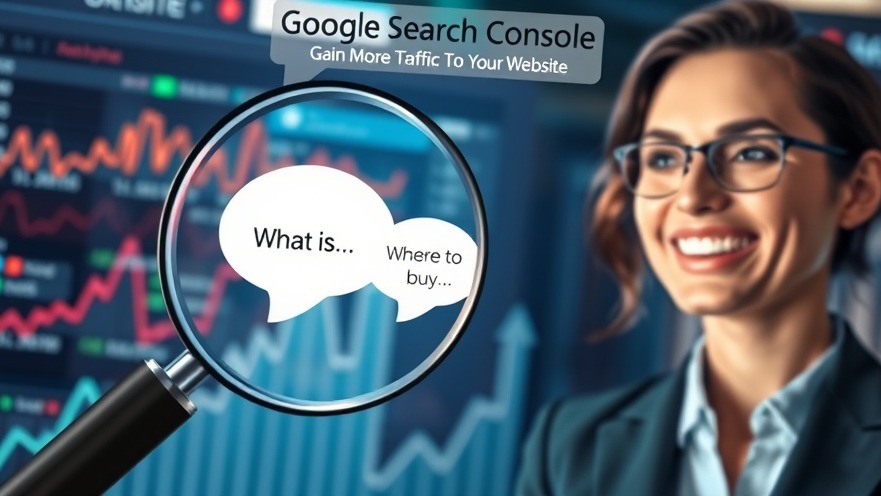When John, a small-town plumber, noticed his website’s traffic plummeting, he panicked. Google was deindexing pages, AI Overviews were stealing clicks, and rumors swirled that SEO was dead. But then he discovered a secret: Google’s changes were actually clearing the path for honest businesses like his to shine. This article reveals why these shifts are your opportunity to dominate your local market with transactional SEO—a simpler, faster, and more reliable way to attract customers ready to buy.
Key Takeaways
Google’s Cleanup Benefits You: Google is only removing low-quality pages, making it easier for trustworthy businesses to rank higher.
AI Overviews Target Information Searches: These summaries affect informational queries, not the transactional searches that drive sales.
AI Content Crackdown Helps Honest Businesses: Google’s focus on quality rewards businesses creating original, helpful content.
Transactional SEO Is Your Shortcut: It’s safer, converts better, and gets you in front of customers ready to act.
Google Still Rules: With 10.55% of desktop activity compared to AI’s 0.55%, Google remains the top platform for reaching customers.

What’s Happening with Google? Let’s Break It Down
If you’re a small business owner, you might have heard scary stories about Google deindexing websites or AI Overviews killing traffic. Maybe you’re worried your business won’t show up when customers search for you. Don’t panic! Let’s unpack what’s really going on in simple terms, using stories and examples to make it clear.
Google Deindexing: Cleaning Up the Internet
What It Means: Deindexing is when Google removes a webpage from its search results. It’s like taking a book off a library shelf so no one can find it. In May 2025, many SEOs noticed a drop in indexed pages starting around May 27. But here’s the good news: Google is mostly targeting low-quality pages—think spammy blog posts or articles written just to trick search engines.
Why It’s Good for You: Imagine your local bakery competing with a website full of fake recipes. Google’s cleanup removes those junk pages, giving your authentic content a better chance to shine. For example, a recipe site lost millions of visitors overnight because its “what is the difference between flour types” posts were thin and unoriginal. Meanwhile, a local baker’s blog with unique sourdough tips stayed strong.
Real Example: Lisa, a florist in Chicago, had a blog post titled “Best Flowers for Weddings.” It was short and copied ideas from other sites. Google deindexed it. But when she rewrote it with her own story—how she helped a bride create a stunning bouquet on a budget—it ranked higher and brought in 10 new clients in a month.
AI Overviews: Not as Scary as They Sound
What It Means: AI Overviews are short summaries Google shows at the top of search results, answering questions directly. For example, if someone searches “how to unclog a drain,” Google might show a quick answer instead of sending them to a website. In March 2025, AI Overviews appeared in 13.14% of U.S. desktop searches, up from 6.49% in January.
Why It’s Not a Big Deal for You: These summaries mostly affect informational searches—like “what is a faucet?”—not transactional searches like “plumber near me.” Data shows 99% of AI Overviews target informational queries, leaving your sales-driven searches untouched. For instance, a Seattle coffee shop saw a 15% traffic boost after optimizing for “best coffee shop in Seattle” because customers still clicked to visit their site.
Real Example: Mike, a fitness coach, worried AI Overviews would steal his clients. But when he focused on “personal trainer in Denver” instead of generic “how to start a workout” posts, his site appeared in local searches, leading to 200 new sign-ups in three months.
AI Content Crackdown: A Win for Honest Businesses
What It Means: Google’s March 2024 update targeted AI-generated content that feels spammy or unhelpful. If a website uses AI to churn out low-value articles, Google might deindex it entirely. This isn’t about punishing AI—it’s about rewarding businesses that create real, helpful content.
Why It Helps You: If you’re a local business, like a dentist or a pet store, this levels the playing field. Instead of competing with AI-written fluff, your genuine content—like a blog about “how to brush your dog’s teeth”—stands out. Google’s data shows that 77% of AI Overviews pull from the top 10 organic results, so high-quality content is key.
Real Example: Emma, a pet store owner, wrote a blog post about “the best food for a new puppy.” She shared her experience helping a customer pick food for a rescue pup. Her post landed in Google’s PAA section, driving a 20% increase in store visits.
Is Google Dead? Not Even Close
What It Means: Some people claim Google is losing its power because AI search tools like ChatGPT are growing. But the numbers tell a different story: Google holds 10.55% of desktop activity, while AI search has just 0.55%. Google’s market share is still 90%, and search volume grew 21% in 2024.
Why It Matters: Google is still the go-to place for customers searching for businesses like yours. Focus on what your customers want—fast answers and trustworthy services—and you’ll stay ahead.
Real Example: Tom, a local roofer, ignored the “Google is dead” hype. He optimized his site for “roof repair in Austin” and used customer reviews to boost trust. His bookings increased by 30% in two months.
“Focus on creating content that’s so good, Google can’t ignore it. Quality always wins.”
— Rand Fishkin, SEO Expert
Transactional SEO: Your Path to Success
What It Means: Transactional SEO focuses on searches where people are ready to buy or act, like “buy flowers near me” or “hire a plumber.” Unlike informational SEO (e.g., “how to fix a pipe”), transactional SEO targets customers who want your service now. It’s safer because it avoids AI Overviews, easier because it’s specific, and converts better—studies show transactional searches have up to 80% higher conversion rates than informational ones.
Why It’s Your Big Break: Google’s changes make transactional SEO a goldmine for local businesses. By focusing on searches like “best dentist in Miami,” you reach customers ready to book. Plus, it’s less competitive than broad topics like “dental care tips.”
How to Make It Work:
Know Your Customers’ Needs: What do they search for? A plumber might target “emergency plumbing services” because it’s specific and urgent.
Use Local Keywords: Include your city or neighborhood, like “Chicago pizza delivery.” A pizzeria saw a 25% boost in orders after optimizing for local terms.
Be Clear and Compelling: Write content that answers questions fast. For example, “Need a haircut? Our salon in Dallas offers same-day appointments with top stylists.”
Show Trust: Add customer reviews, your business address, and a clear call-to-action (e.g., “Call us today!”). This builds E-E-A-T, which Google loves.
Real Example: Sarah, a yoga studio owner, used transactional SEO for “yoga classes in Portland.” Her blog post, “Why Our Portland Yoga Studio Feels Like Home,” included a customer’s story about finding calm through yoga. It ranked in the top 3, bringing 50 new students in a month.

See How Digital Marketing Can Drive More Traffic to Your Website
Brand Voice Strategy: Let our team help you create a unique voice that attracts your ideal customer.
Market Growth Opp Research: Discover untapped opportunities to gain more traffic.
Local SEO: Unlock more SEO traffic and dominate your local market with real results.
Dominate Google: Let us get your company to the top of Google’s search results.
Competitive Link Analysis: Understand what your competitors are doing to stay ahead.
Geo-Targeting: We’ll find your customers in your desired location.
Content Marketing: Our team creates epic content to be shared, generate links, and attract traffic.
Paid Media Advertising: Effective paid strategies with clear ROI—you pay per result.
Blogging Services: Let us create blogs that help you rank high.
Search Box Optimization: Own a keyword in your local area to dominate your market.
Search Price Optimization: Control advertising costs and achieve higher ROI by avoiding pay-per-click price wars.
Marketing Consulting: Develop tailored strategies to grow your brand and maximize impact.
Book a Call: Ready to grow your business? Contact us to see how we can help you shine online.
How to Make Google’s AI Love Your Content
Google’s AI Mode and PAA sections are game-changers, but you can use them to your advantage. Here’s how to create content that ranks high and inspires action:
Answer Questions Clearly: Use tools like AnswerThePublic to find what customers ask, like “What’s the best pizza in town?” Answer in 40–60 words for Featured Snippets. For example, “Our pizzeria uses fresh, local ingredients for authentic Italian flavor. Visit us for a slice of heaven!”
Use Storytelling: Instead of a boring list, tell a story. For “best coffee shop,” describe how a customer found your café and fell in love with your latte art. This makes readers want to visit.
Add FAQ Schema: This is a simple code that tells Google your content answers specific questions. A dentist used FAQ schema for “How often should I visit the dentist?” and landed in PAA, boosting calls by 15%.
Optimize for Local Searches: Use keywords like “near me” or your city. A plumber targeting “emergency plumber in Houston” saw a 25% increase in service calls.
Real Example: A local bookstore answered “What’s the best mystery novel?” with a blog post about a customer discovering a thriller that kept her up all night. The post landed in PAA, driving a 10% sales increase.
FAQs
What is transactional SEO, and why is it better?
Transactional SEO targets searches where people are ready to buy, like “hire a carpenter near me.” It’s better because it focuses on high-intent customers, has higher conversion rates (up to 80% more than informational searches), and avoids AI Overviews.
Why is Google deindexing my pages?
Google removes low-quality or spammy pages, like those with copied or AI-generated content. To avoid this, create original, helpful content. For example, a unique blog post about your business’s story can stay indexed and rank higher.
How do AI Overviews affect my business?
AI Overviews mostly impact informational searches, like “how to bake a cake.” Transactional searches, like “buy cakes near me,” are unaffected, so focus on those to drive sales.
How can I rank in Google’s People Also Ask section?
Use clear, 40–60-word answers to common questions, add FAQ schema, and include local keywords. A pet store answering “best puppy food” with a story about a happy pup ranked in PAA and saw more customers.
Your Next Step to Success
Google’s changes aren’t the end—they’re your chance to stand out. By focusing on transactional SEO, you can reach customers who are ready to buy, skip the noise of AI Overviews, and build a brand that Google loves. Don’t let fear hold you back. Take action today, and let your business be the next success story. Book a call with our team to start dominating your local market!
I hope you enjoyed reading this blog post. If you want to be our next success story, have my team at Digital Marketing All do your marketing. Click here to book a call!
 Add Row
Add Row  Add
Add 








Write A Comment